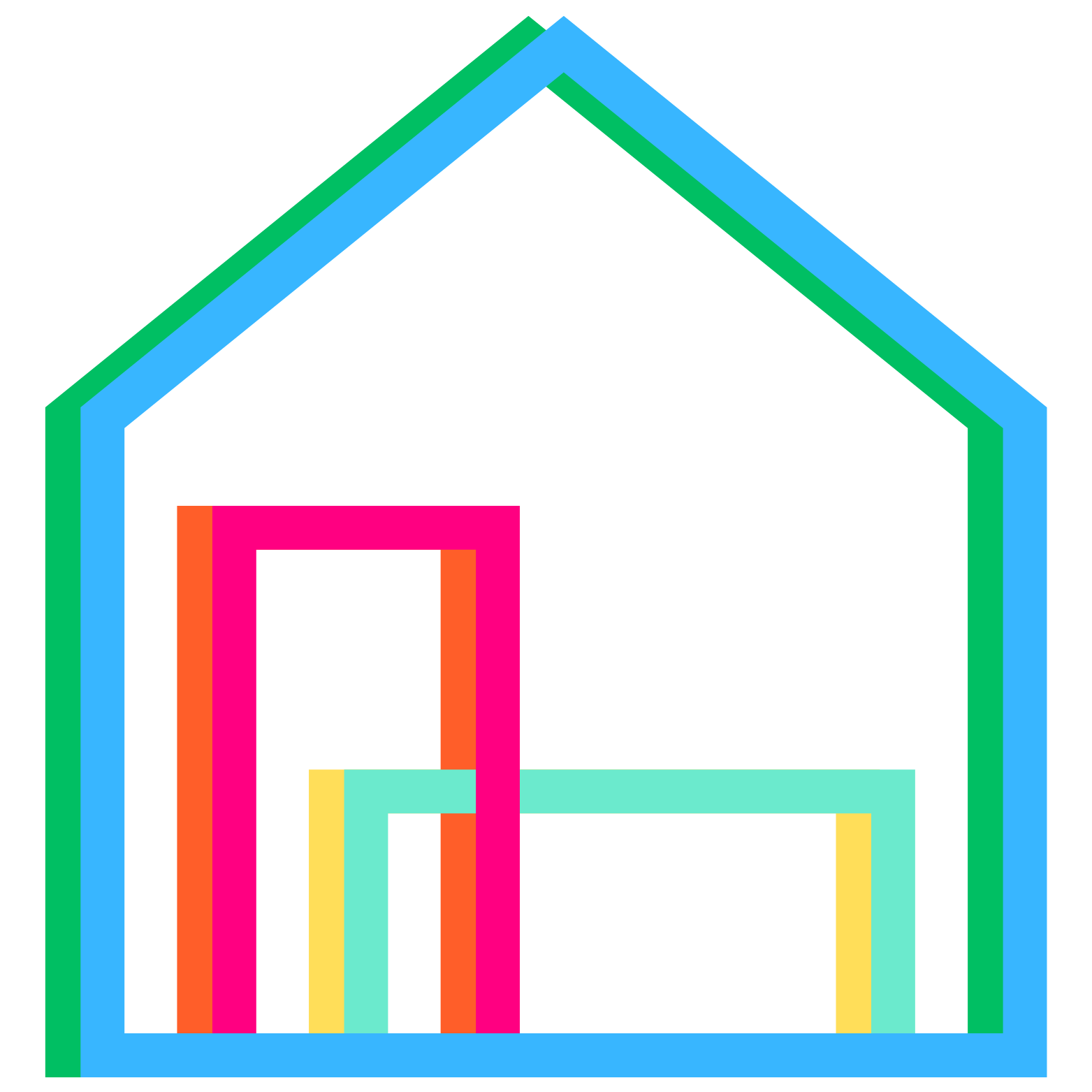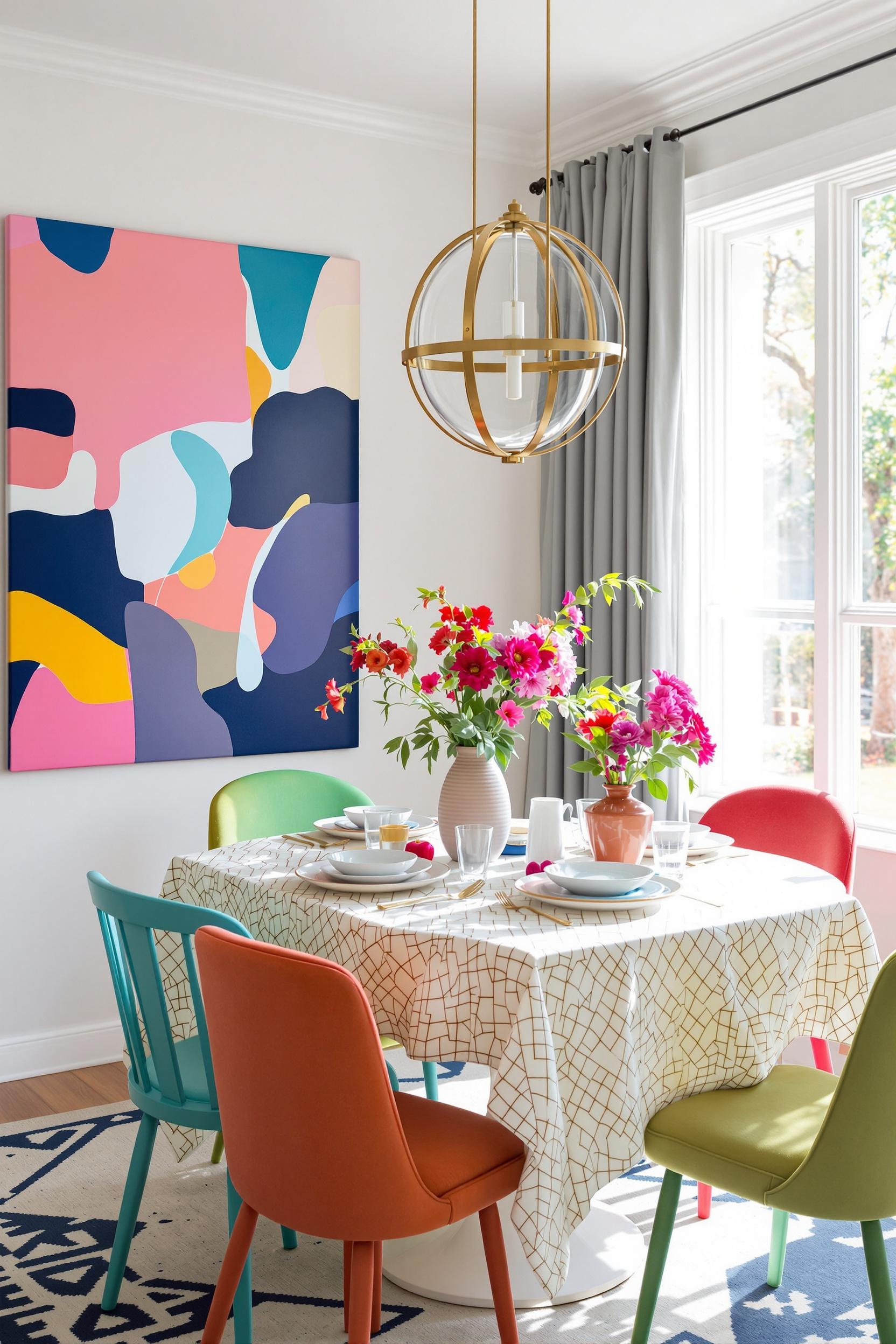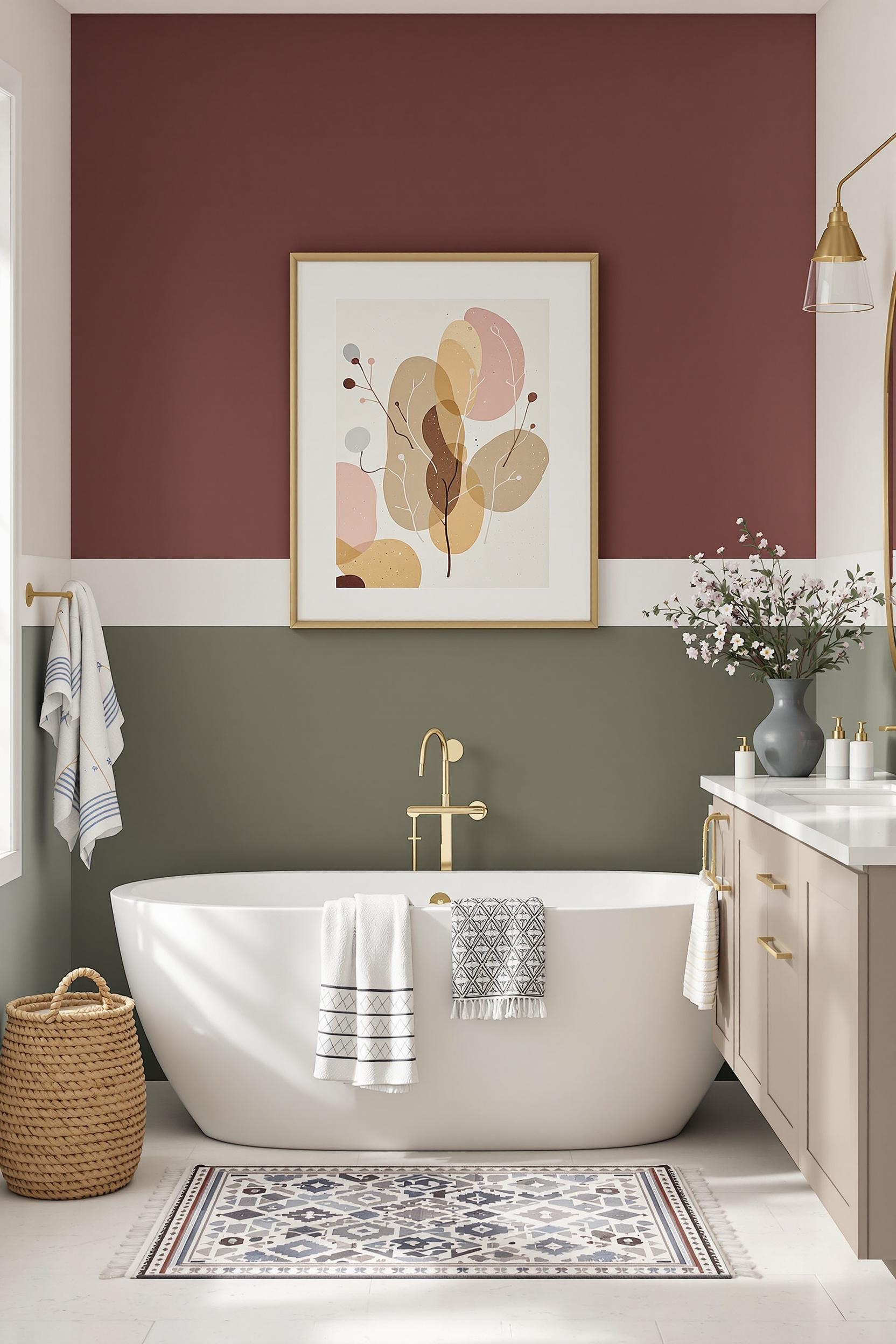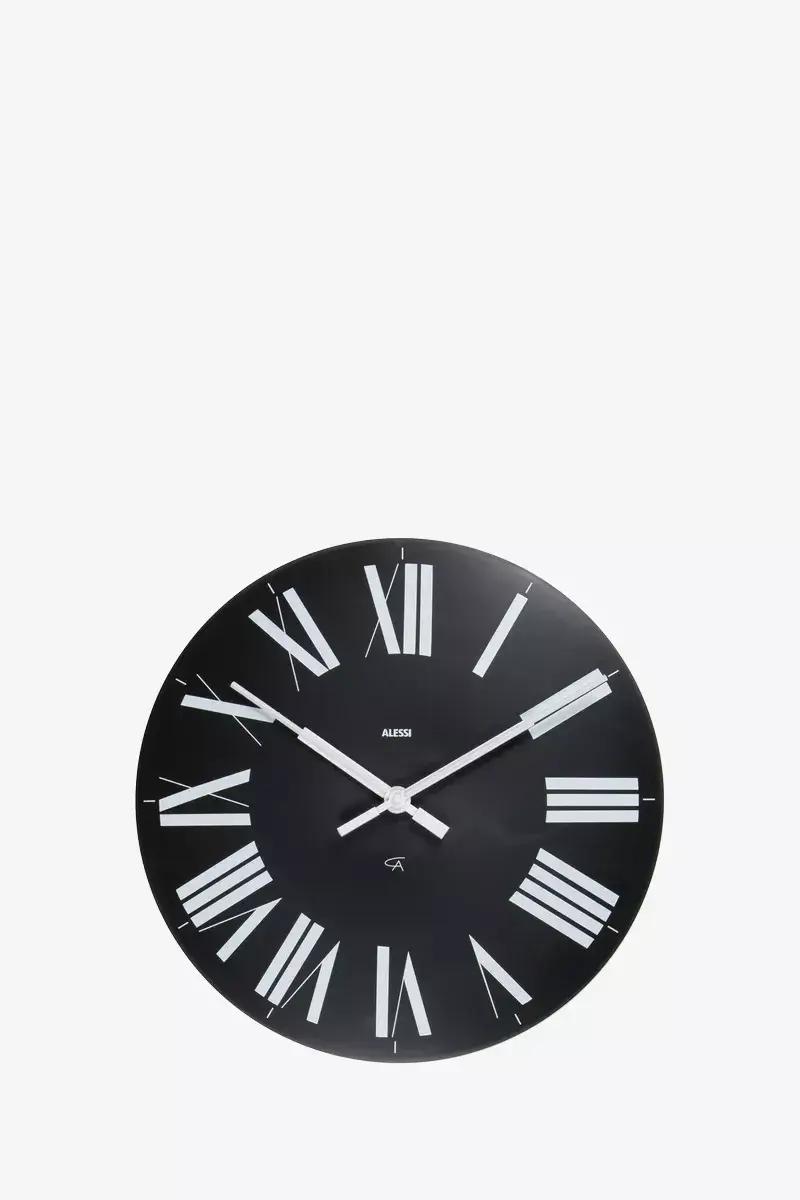
Room Color Blocking Ideas: Transform Your Minimalist Space with Bold Design
Color blocking interior design has completely redefined how I approach minimalist living spaces. With a few strategic strokes, even a small apartment can feel vibrant and full of depth. Using geometric color blocking techniques and a carefully curated palette, I’ve seen plain white walls turn into statement masterpieces—without adding clutter. In this post, I’ll walk you through tested room color blocking ideas, show you how to use color zoning in each room, and help you start your journey with confidence.
Unleashing Color Magic: Transform Your Space with Minimalist Color Blocking
Have you ever stepped into a room and instantly felt energized by its thoughtful design? That’s color blocking at its finest. It isn’t just a trend—it’s a language. One that uses shape and color to speak directly to how we feel, think, and function in our spaces.
I often start with a neutral foundation—warm beige, soft gray, or crisp white. Then, I layer in bold accents like coral, emerald green, or terracotta. The result? A room that’s both calming and full of character. Whether you’re working with a tiny studio or open floor plan, color blocking for minimalist decor keeps things intentional, lively, and surprisingly easy to execute.
Strategic Design for Minimalist Spaces
Color blocking works by defining areas without the need for furniture barriers. In a client’s studio, I used a wheat-toned wall with a deep emerald triangle to define a cozy reading nook. Another favorite method of mine is using geometric color blocking walls to visually separate the workspace from the rest of the home.
Best part? Rooms feel bigger—especially when you’re working with small square footage. According to recent findings, light tones paired with simple color block patterns give the illusion of openness.
Room-Specific Color Blocking Techniques
Color Blocking for Living Rooms
Modern color block living room ideas are all about creating zones. I once painted a wide terracotta band behind a sofa, then used sage green on the opposite wall where the reading corner was placed. This instantly defined purposes without breaking up the room’s flow. Want more inspiration? Look at this living room transformation.
Bespoke Color Blocking for Bedrooms
In bedrooms, calming shades bring balance. In one project, I used a soft teal behind the headboard and paired it with oxblood furniture. You can explore similar ideas from my work on bedroom color blocking magic. If you’re working with limited space, try a color-blocked headboard or bedding to make a subtle yet bold statement.
Home Office Color Zoning
Your workspace should boost productivity. Color blocking with organic shapes—like wide arcs or diagonal stripes—can help increase focus. I recommend warm neutrals paired with energizing corals, inspired by this color-zoned office setup.
Color Blocking for Kitchens & Pantries
Kitchens can benefit from bold color blocking to spotlight prep zones or storage areas. You can paint only the lower cabinets in a deep shade like cobalt or forest green, or add color to a single zone in a compact pantry for contrast. Try muted pastels to keep the space cohesive but lively.
Small Spaces & Open Layouts
Even the tiniest areas can feel expansive with color zoning magic. Using gradients, blocks, or furniture-based color accents helps to divide spaces visually without shrinking their feel. If you’re in a studio or loft, consider striped or layered wall designs and tactically placed rugs.
The Psychology of Color Blocking in Minimalist Design
The emotional impact of minimalist color block walls is undeniable. Soft neutrals soothe, while bold colors inspire and energize. According to Benjamin Moore’s design experts, certain color arrangements can improve mood, increase focus, and even encourage creativity.
For example, warm tones like coral evoke comfort, while greens bring a feeling of fresh calm. These subtle psychological cues help you create a space that fits your lifestyle beautifully.
Top Color Trends for 2025
Upcoming trends celebrate bold yet refined palettes. Think mix-and-match hues like sunset peach, powder blue, or iced lavender with grounded neutrals. The 2025 color forecast leans into unexpected shapes, soft curves, and dual tones.
You’ll also see a rise in architectural color blocking. This method uses sharp color breaks along lines—like door frames, ceiling trims, or archways—to structure open concepts smartly without walls.
Your Color Blocking Transformation Starts Now: Design Your Dream Space
Color blocking isn’t just a fun design trend. It’s a personal revolution—especially for those embracing minimalist living. I’m here to help guide you into this world of functional, vibrant style.
Master Color Blocking: Your Personalized Design Roadmap
Begin with simple zoning ideas. Identify unused or undefined spaces, like awkward corners or underutilized wall real estate. Choose a calm base color, then layer 1-2 strong shades. Geometric shapes like diagonal lines, half circles, or panels help define zones without chaos.
Functional benefits matter too—dividing work from rest zones or play areas in kids’ rooms helps create flow. I often work with clients on color zoning in multipurpose rooms, especially in small apartments. With the right palette, even a studio can function like a spacious flat.
Unlock Your Design Potential
Working with an interior designer accelerates your progress. My approach goes beyond just matching swatches. I help you define your home’s narrative through intentional color use. Whether you want a minimalist color zone or a bold statement wall in the living room, I shape the whole journey for you—from floor plans to paint.
Your Design Transformation Starts Here: Take the First Step
- Sign up for inspiration via monthly emails
- Get early access to consult opportunities
- Join exclusive design workshops and trainings
Unlock Your Design Potential Now
Color Blocking Magic: Frequently Asked Questions for Minimalist Design Enthusiasts
Q1: How can color blocking make small rooms look larger?
By using light neutrals and placing bold colors high or atop focal zones, you can trick the eye into seeing more height and width. Explore how to maximize small rooms with color.
Q2: What are the best color combinations for minimalist color blocking?
Soft off-whites, cool grays, and eggshell beiges make excellent bases. Accent with deep greens, soft oranges, or dusty pinks. Play with combinations like coral plus sand, or sage and sky blue.
Q3: Can I use color blocking if I rent?
Yes! Use temporary color blocking tricks like removable wallpaper, bold curtains, or vinyl decals. Even movable furniture offers design flexibility.
Q4: How does color blocking affect emotion?
Colors impact mood. Calm hues like sage boost patience. Coral enhances energy. Using the right color palette helps tailor your emotional experience in every room.
Q5: What are the top minimalist color blocking trends for 2025?
Next year brings high contrast geometric walls, pastel block edges, and architectural layering with color. Diagonal designs and rounded shapes are especially trending. Discover more with these expert tips.
Final Thoughts: Your Home Is a Canvas
Color blocking is transformative, elegant, and perfectly suited for anyone seeking minimalist room color ideas. Whether you’re refreshing one room or your full home, strategic use of modern color block designs empowers you to unlock your space’s potential with ease.
Stay Inspired, Stay Connected
Want more tips and design insights delivered monthly?






